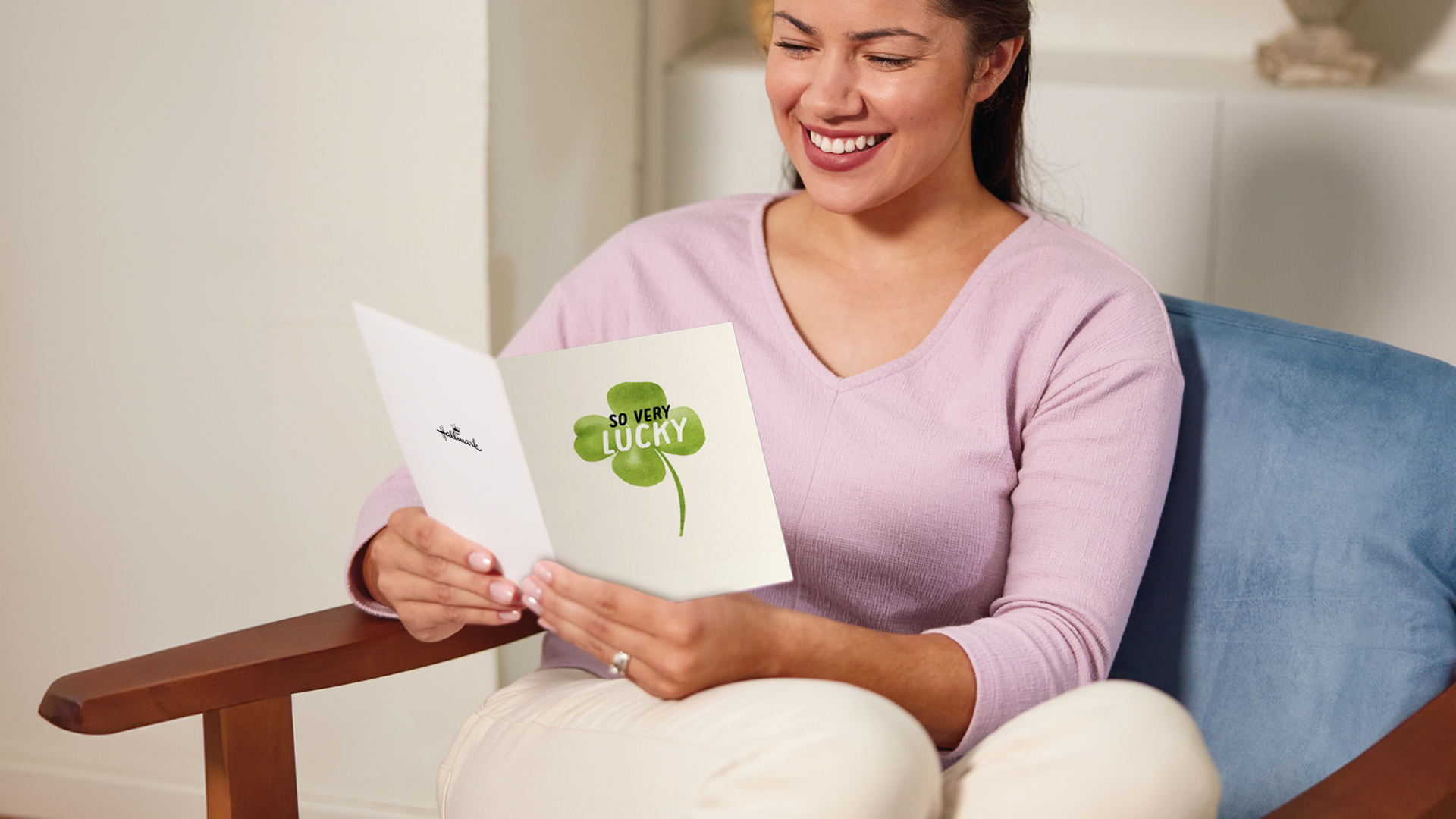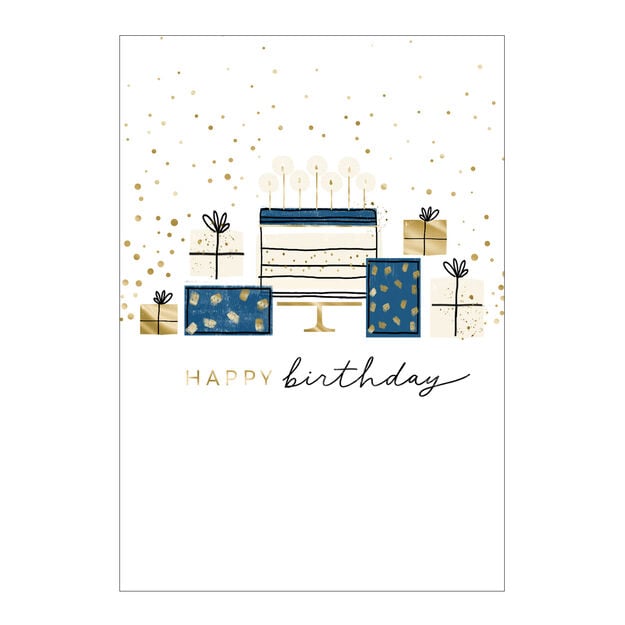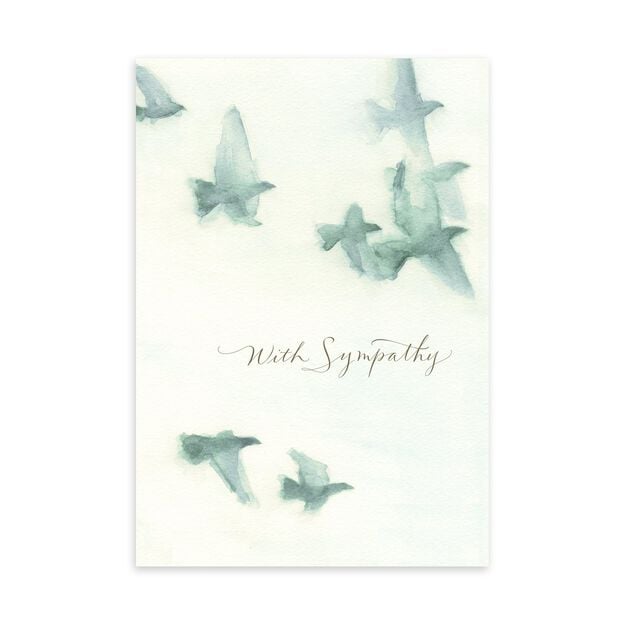The Unicorn of Content Marketing: The Mailbox NOT the Inbox

This article was originally published on Content Marketing Institute.
Do you remember the last marketing email you opened? What about the last Facebook ad you read? Chances are, the answers are no. Do remember the last greeting card you received in the mail? Probably.
While avalanches of paid ads, promotional emails, and low-quality content saturate online experiences, one mailbox is less crowded – the one at the end of your driveway (or attached to your house or in your lobby). The differentiation power of mail delivered directly to your customers or prospects cannot be ignored.
Chewy, an online pet product retailer, sends handwritten greeting cards to new customers and condolence bouquets when owners lose their pets. What has made the brand so successful (PetSmart acquired it for $3.35 billion in 2017 and took it public two years later) is its knack for talking to pet parents in a personalized way that is both fun and relatable and bridges the online and physical experiences.
This thoughtful direct mail content also goes digital, as delighted pet owners are moved to share their experiences across social media channels. If you’re looking for a way to make your brand stand out, consider zigging while others zag. In a digitally dominated world, that means returning to direct mail.
Going Old School to Solve a New-age Problem
Given the crowded digital content space, your content marketing strategy can benefit from an offline component. Print pieces have permanence and materiality that allow audiences to engage differently than they would with digital content.
That effective audience development tactic is why Johnson & Johnson-owned tampon brand, o.b., developed a printed Period Handbook for Dads in Sweden. The long-form content educates a niche audience in an appealing, convenient format. It’s distributed at local youth festivals and was sent to over 100 dad influencers.
Print tactics have finite space to share your message, so you have to be selective and strategic about what you want to say. While this can be a challenge at the outset, the concise nature also gives it a distinct advantage. The printed content needs to be on point given the space constraints, keeping your message from getting lost in the jumble of surrounding content as it might be online.
Your goals and measurements will differ from your digital metrics and strategies. There are no Facebook pixels to track or site analytics to measure conversions. You may have to be creative in determining how to measure the results of your direct mail campaign. Print a QR code to send mail recipients to a site or ask them to take an action to create helpful data on how your content is performing.
Unlike digital content, there’s a lag time collecting data from direct mail content. Unlike the digital world where marketers can target users using swaths of data and adjust their strategies in real-time, direct mail requires you to collect your data prior to deploying your content. Naturally, this requires some extra planning. Be sure to create different versions of your message based on your direct mail data so that your message feels personalized.
5 Ways to Harness Direct Mail’s Potential
Direct mail produces results. According to the ANA/DMA Response Rate Report 2018, “Direct mail still pulls a higher response rate than any digital direct marketing medium. Its response rate ranges from about five to nine times greater than that of email, paid search, or social media.”
It’s obviously an effective, powerful marketing tactic to consider. Where do you begin to use it as a component of your content marketing strategy? Start with the audience experience:
1. Create a seamless omnichannel experience.
Brands can’t afford to think of their online and offline content marketing as separate entities. You need to capture your audience’s attention in both spaces. Therefore, your online and offline messaging strategies should work in tandem.
Keep in mind that companies with strong omnichannel approaches have an average customer retention rate of 89%, while companies with weak omnichannel engagement retain only 33% of their consumers.
Audiences aren’t trained to think of their online experiences with a brand separately from their offline experiences. Think of it this way: Someone who orders a pair of jeans online expects to be able to exchange them in the store. Similarly, the content you produce and distribute in direct mail should align with the content you publish in the online space. That’s why supermarket chains that send magazines — like Wegmans’ Menu — also have digital apps and online editions of their print magazines. They make it effortless for audiences to receive content on any channel.
2. Explore the third dimension.
The surface area may be smaller than digital spaces, but direct mail offers a third dimension that allows you to flex your creativity. Dimensional mail — non-flat pieces like boxes and tubes — are highly effective, as 89% of marketers attest. That’s because, in addition to visual design elements, you can engage an audience with unique forms and functions.
For some examples, Nike fostered kids’ enthusiasm for soccer — and Nike’s new soccer cleats — by mailing shoeboxes that opened to reveal miniature stadiums inside, Earth Hour sent building-shaped silhouette candle boxes and Hell Pizza offered macabre mis-fortune cookies.
The permanence and materiality of print also allow audiences to engage differently. Denim brand AYR’s print catalogs, for example, include paper dolls that audiences can cut out and play with. It’s a tactile, creative way for customers to interact with the brand. Think outside the envelope for ways your audience can experience your content in surprising physical ways.
3. Consider what matters to your audience.
Instead of focusing first on the type of direct mail to send, think about the message you want to deliver. Conceive that message by asking what’s most important to your audience.
Automaker Subaru does this exceptionally well. The fall issue of its Drive magazine covered topics around exercising with dogs and exploring farmer's markets, catering to its audience members’ healthy, active lifestyles. Alongside hummus recipes and magazine-style spreads, it features real customers’ stories about their recent Subaru adventures.
To ensure that your direct mail strategy is resonant and relevant, think through what your audience cares about and why. What do they need to know? How can you help them? For further insights, look to your top-performing online content for that target audience — whether it be a white paper, blog, case study, or offer — to inform what your direct mail message might be.
4. Craft a message with a purpose.
To become the go-to source for your audience members as they gather insights, advice, and inspiration, provide them with relevant, valuable, and timely content in your direct mail. Always brainstorm a call to action that will entice your audience and deliver on your business’s end goal. What do you want the audience who receives the piece to do? It could be to visit a complete piece of online content, to buy a product, to subscribe to a service, to sign up for a free trial, or to attend an event.
The call-to-action options are endless. Just make sure the benefits of following through are clear to the reader and fit with the content you provided. If your direct mail CTA asks users to go online, ensure that the content you point them to is highly specific to the direct mail piece they received — and has a QR code to track those visits.
5. Use digital channels as your testing ground.
Digital channels allow you to conduct A/B tests and study metrics in real-time, allowing you to optimize your content for your audience. Direct mail, however, doesn’t automatically collect data and analytics for you. For this reason, digital can be a good testing ground for your direct mail content.
In a digital split test, SmartWool found that a simple grid layout on its categories page maximized conversions. What if the company carried out that finding in its print materials? It would be delivering a similar look and feel that the recipients would experience online.
Get into Non-cluttered Mailboxes
In today’s crowded digital landscape, consumer attention comes at a premium price. Digital content isn’t going anywhere, but it may not be the most effective way to make a memorable connection with your audience. Instead of flooding inboxes or edging into social media feeds, create printed content and deliver it through the mail. A well-tailored, creative message gets noticed and is never unwelcome. It’s an invitation to connect.
In this Article
-
Going Old School to Solve a New-age Problem
-
5 Ways to Harness Direct Mail’s Potential
-
1. Create a seamless omnichannel experience.
-
2. Explore the third dimension.
-
3. Consider what matters to your audience.
-
4. Craft a message with a purpose.
-
5. Use digital channels as your testing ground.
-
Get into Non-cluttered Mailboxes
Products
Similar Articles







